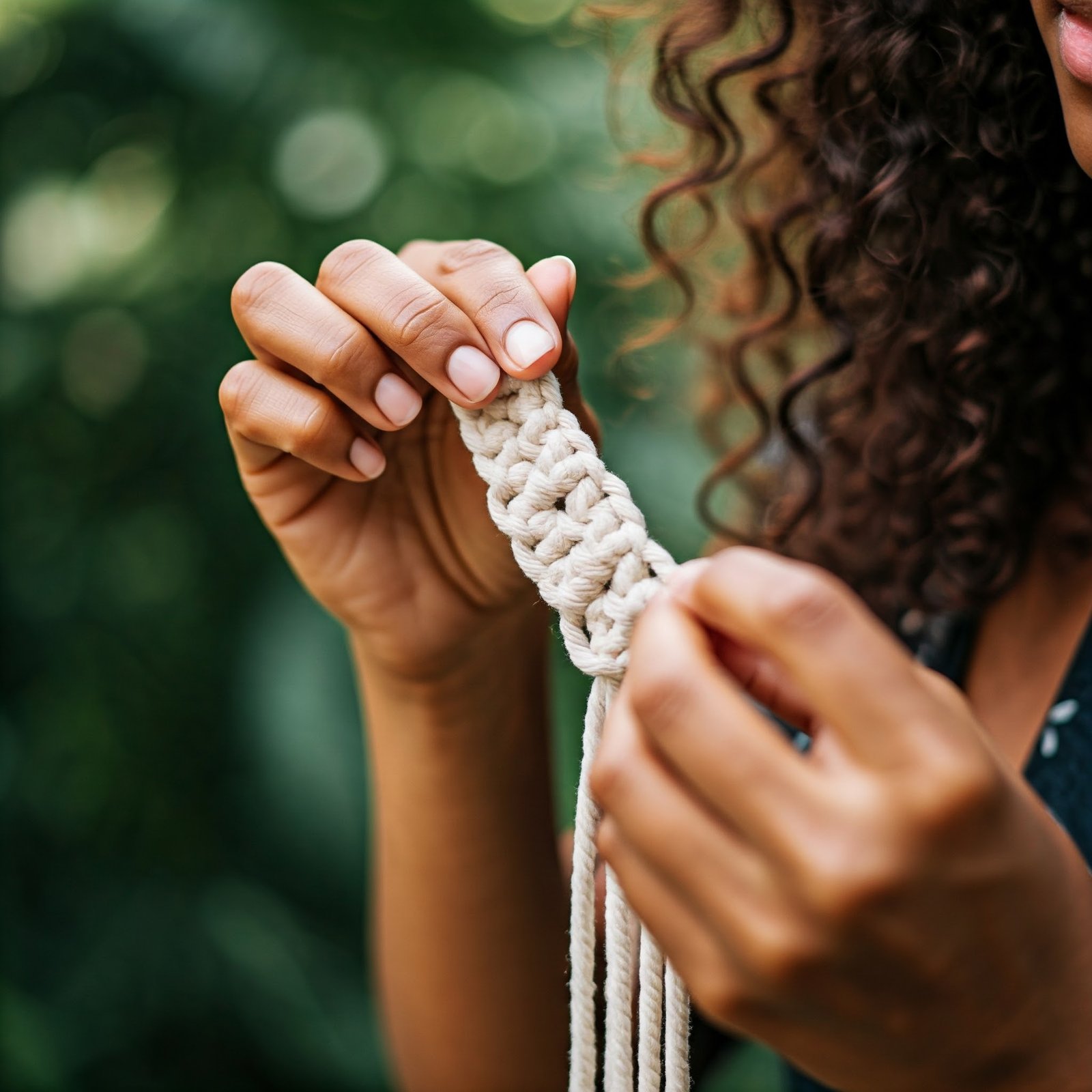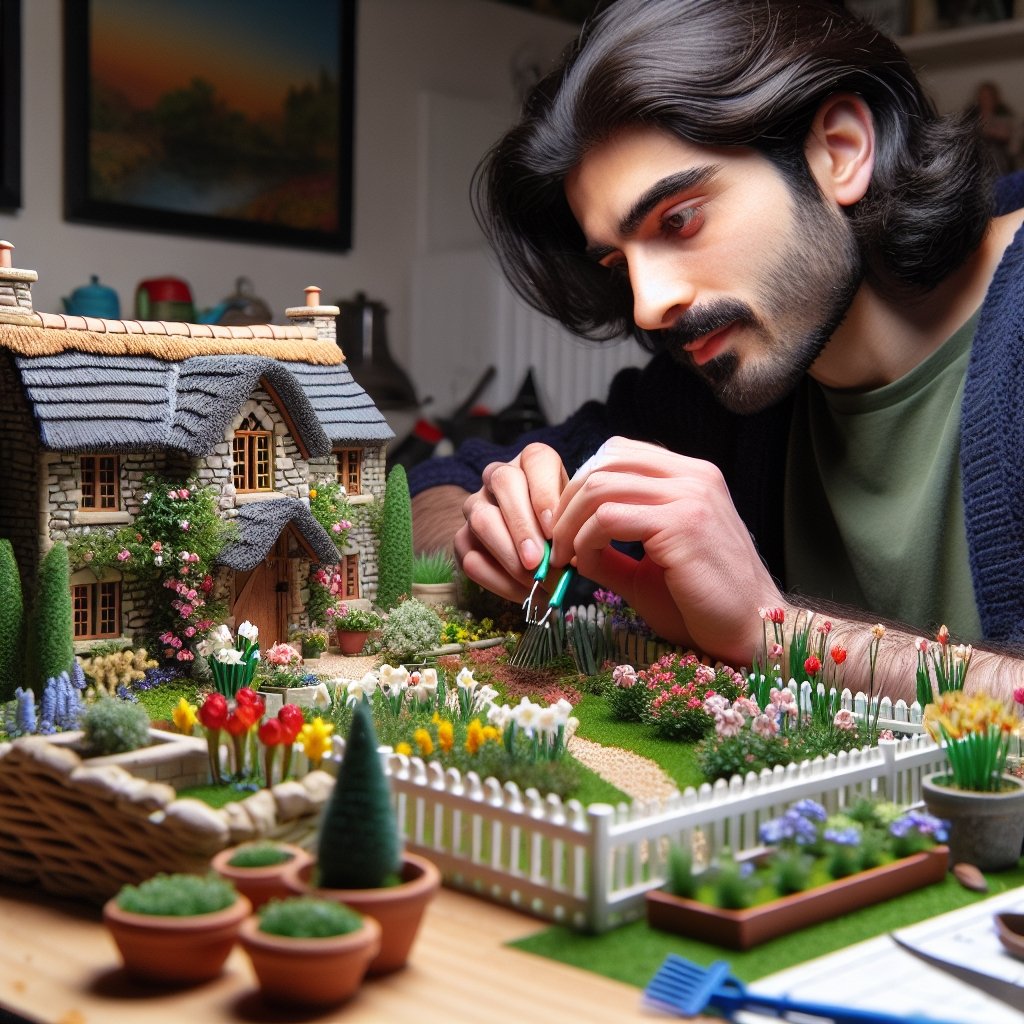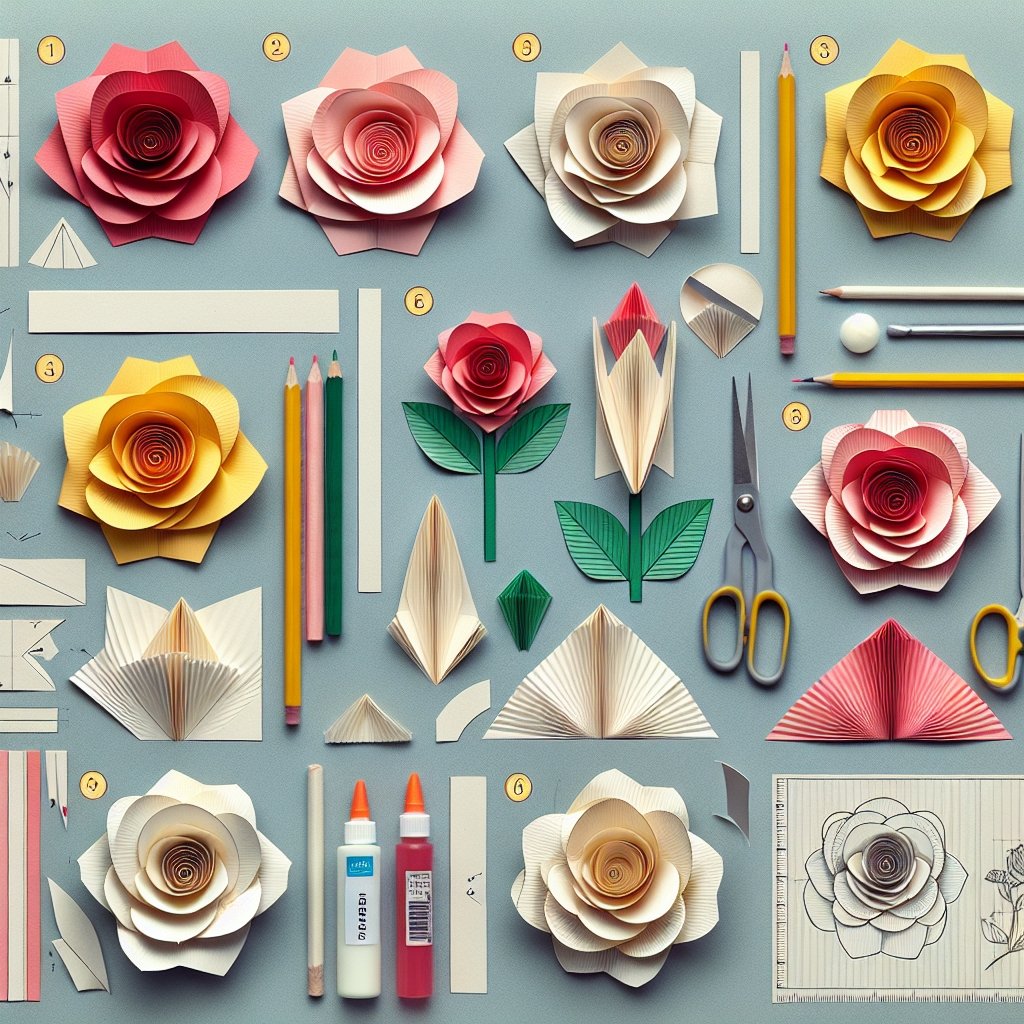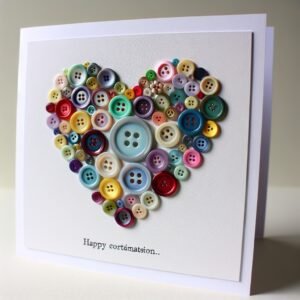The Art of Clay Wedging: A Detailed Guide For Beginners
In the intricate world of pottery, there’s a beautiful process that stands as a foundation to that perfect piece of pottery that you wish to create – the ‘wedging’ of clay. This simple yet artful technique can amp the functionality of the clay, enabling it to be more pliable and work-friendly.
The practice of wedging enhances the texture of the clay by eliminating any air bubbles present and ensuring an even texture throughout. This makes the clay more amiable to form it into your desired shapes. Let’s delve a little deeper into the fascinating process of clay wedging and how you can get started:
The Common Methods of Wedging
The wedging process varies based on individual styles and preferences, yet there are a few methods that are universally practiced by pottery makers worldwide:
- Stack and Slam: As the name suggests, this method involves creating thin slabs of clay, stacking them one on top of another, and then slamming the stack onto a hard surface. The process is repeated, changing the direction of the slam until a desirable consistency is achieved.
- Ram’s Head or Spiral Wedging: This method incorporates a rhythmic movement of the hands and the body while kneading the clay in a spiral fashion, creating a ram’s head shape in the process.

Each of these methods has its unique benefits and will provide a different hand-feel to the clay.
Getting Ready for the Process
Embarking on the wedging process requires mindfulness of your posture as well as the structure of your wedge table. Make sure you adjust your table height in correspondence to your body height to avoid any possibilities of physical discomfort in the process.
The Essence of Clay Wedging
Wedging your clay isn’t merely a procedural step in pottery, it’s a form of connection that you establish with your material. As you wedge, you get familiar with the clay, sensing its texture and understanding its malleability. This knowledge subsequently guides you in shaping your pottery with higher precision.
Moreover, it’s not just about the feel of the clay; wedging also influences the aesthetic of the final piece. A well-wedged clay promises a smoother surface and a more polished look. Therefore, spending some devoted time in wedging can reward you with spectacular artistry in your pottery creation.

It’s vital to remember that, like any art form, learning wedging requires patience and repeated practice. As you continue your exploration in pottery, over time, your hands will find their rhythm in the wedging process, paving the way for many beautiful pottery pieces that you’ll create.













Post Comment